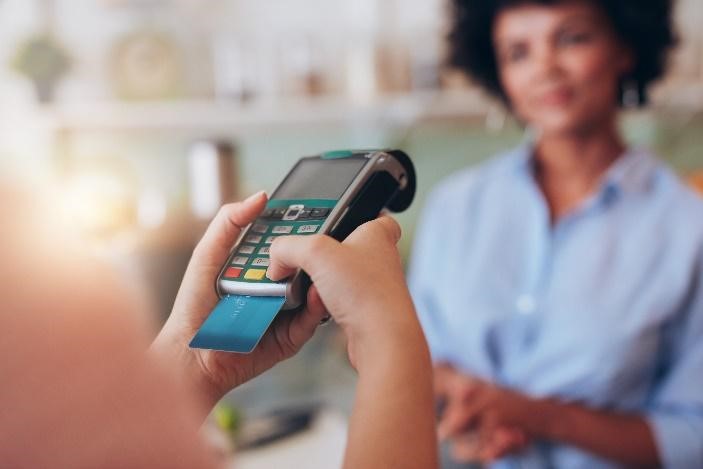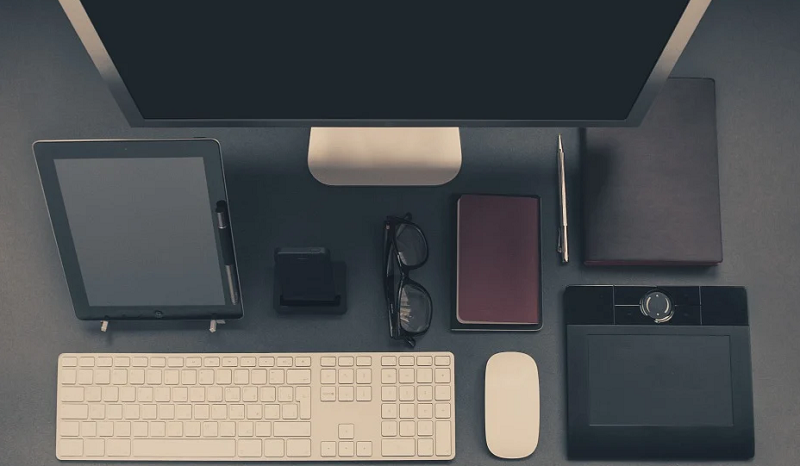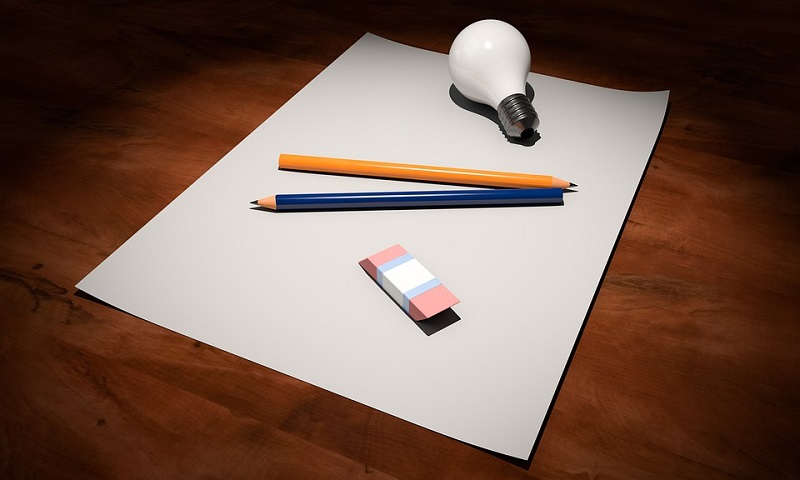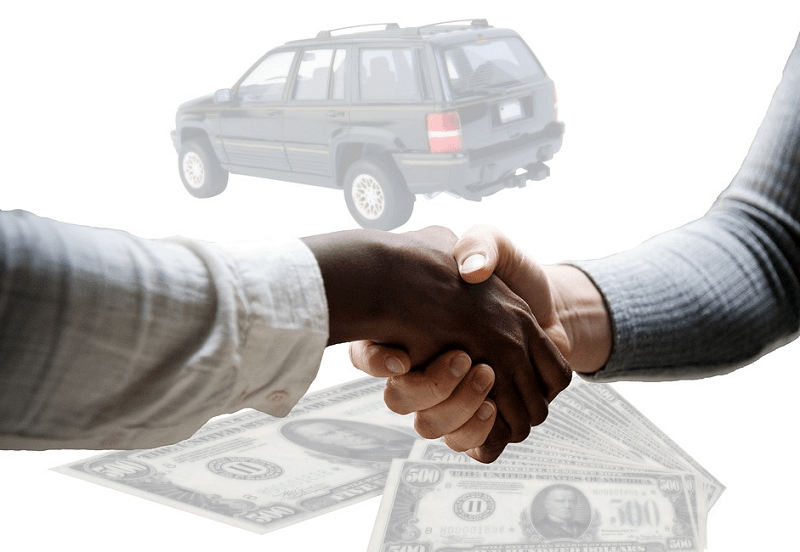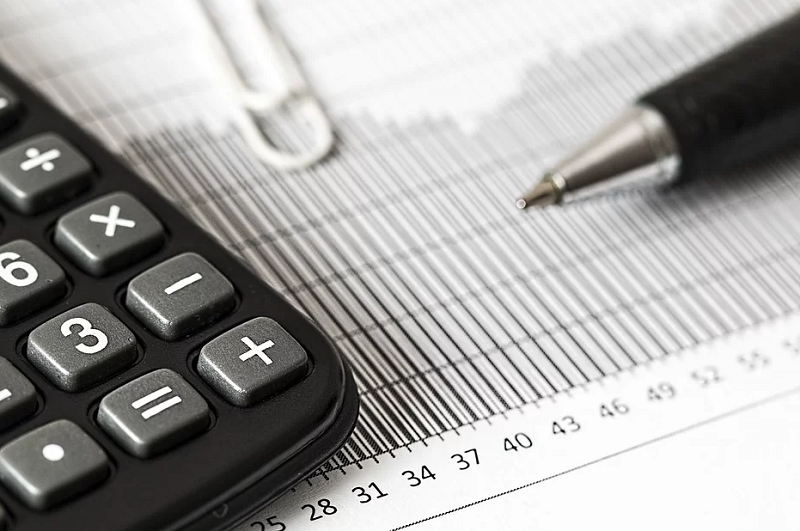Most small businesses operate on a shoestring budget and every little bit of cost savings counts. Are you paying a large monthly installment payment for a work vehicle? You know how much vehicles depreciate as soon as they leave the lot, and you are likely on track to pay much, much more than the vehicle’s current value through your loan. You can do something about that.
Do you have a second or third mortgage or line of credit on the real property from which you do business? Many small business owners have taken out these loans to fund their business or to make ends meet personally. You can do something about that too.
If you are a sole proprietor or a single-member LLC, you can file a Chapter 13 bankruptcy petition and pay much less on your secured loans, all while retaining the collateral. Here’s how:
First, What is Chapter 13 Bankruptcy?
Chapter 13 bankruptcy is a personal financial reorganization plan for those individuals with regular income. A Chapter 13 debtor discloses all assets, debts, income, and expenses to the bankruptcy court, and depending upon the type of debt owed, the debtor proposes a three- or five-year repayment plan for secured creditors and certain priority unsecured creditors.

Get Caught Up by Filing Chapter 13
Chapter 13 is especially useful if one is in arrears on a mortgage or car loan or lease because bankruptcy forces the lender to accept payments over time to cure the arrears, and at the end of the plan, the debtor is caught up. You can also pay priority unsecured debt such as back-owed child support or alimony, past-due taxes or student loan payments, and government fines and fees through your Chapter 13 plan.
Chapter 13 is for Select Small Businesses
Chapter 13 is for individual debtors, not businesses. However, if you own a sole proprietorship or a single-member LLC, you can file bankruptcy as an individual because you and your business are considered one financial entity. You can address both your personal debt and your business debt in Chapter 13, and remain in business once your plan is complete and your case closes.
Cram Down Your Auto Lender in Chapter 13 Bankruptcy
If you have purchased a vehicle for work (or for personal use!) you can “cram down” your lender to the retail value as of the date of filing your bankruptcy petition and pay that amount off in equal monthly payments over three or five years. The length of your plan will depend upon how much you owe and your income.
How to Calculate the Retail Value of Your Vehicle
How is a vehicle’s retail value calculated? You and your attorney will start first with the Kelley Blue Book or Nada Guide and get a suggested retail value. Then, you can adjust downward for severe wear-and-tear, high mileage, or accidents.
The Auto Lender May Object to Your Plan

Expect the auto lender to object to your plan because the valuation is too low. Be prepared to provide proof that the vehicle’s value is what you say it is. This proof can be in the form of photographs of any damage or wear to the vehicle or of the odometer, or advertisements for the same or similar make, model and year of vehicle for sale.
Calculating the Applicable Interest Rate in a Cram Down
You are also entitled to a reduced rate of interest in a cram-down. Under the Till case, you can pay prime plus 1%-3% instead of the rate set forth by your retail installment contract. Whether you will pay +1% or +3% will depend upon the risk that you will not complete your plan. Good credit history will help you make your case that you are entitled to only +1%. As a practical matter, most debtors settle at +2%.
Complete Your Plan and Own Your Vehicle
If you make your plan payment to the Chapter 13 Trustee in full and on time each month, when you complete making all plan payments, you own the vehicle. Whatever difference there is between what you would have paid under the retail installment contract and the cram-down plus Till interest is discharged as unsecured.
Strip Off a Lien on Real Property in Chapter 13 Bankruptcy
If you took out a second or third mortgage or line of credit, and your property is currently worth less than what you owe on your first mortgage, you can strip off those other liens as unsecured.
For example, let’s say you work from home, and your home is currently worth $230,000. At one time it was worth $325,000, and at that time you took out a second mortgage to fund renovations, and also took out a line of credit to fund your small business.
Today you owe $242,000 on the first mortgage, $18,000 on a second mortgage, and $9,000 on the line of credit. Because you owe more on the first mortgage than the property is currently worth, you can strip off the second mortgage and line of credit as unsecured. That saves you $27,000 – not exactly chump change.
Why does Congress allow this? Lien stripping is available to those homeowners who took out additional loans in good faith, but in a down housing market cannot reasonably repay them considering the present value of the property.
Why Chapter 13 instead of Chapter 11?
Chapter 11 is a reorganization plan much like Chapter 13, but it is for businesses and is far more complicated, time-consuming, and expensive than Chapter 13. If you are a small business owner who is not a sole proprietor or single-member LLC, then filing Chapter 11 is the next best thing, and the good news is that the bankruptcy court has devised a slightly more streamlined process for small businesses.
But if you are a sole proprietor or single-member LLC, you can file Chapter 13 bankruptcy, deal with both business debt and personal debt, and save money on secured debt while retaining the collateral.








